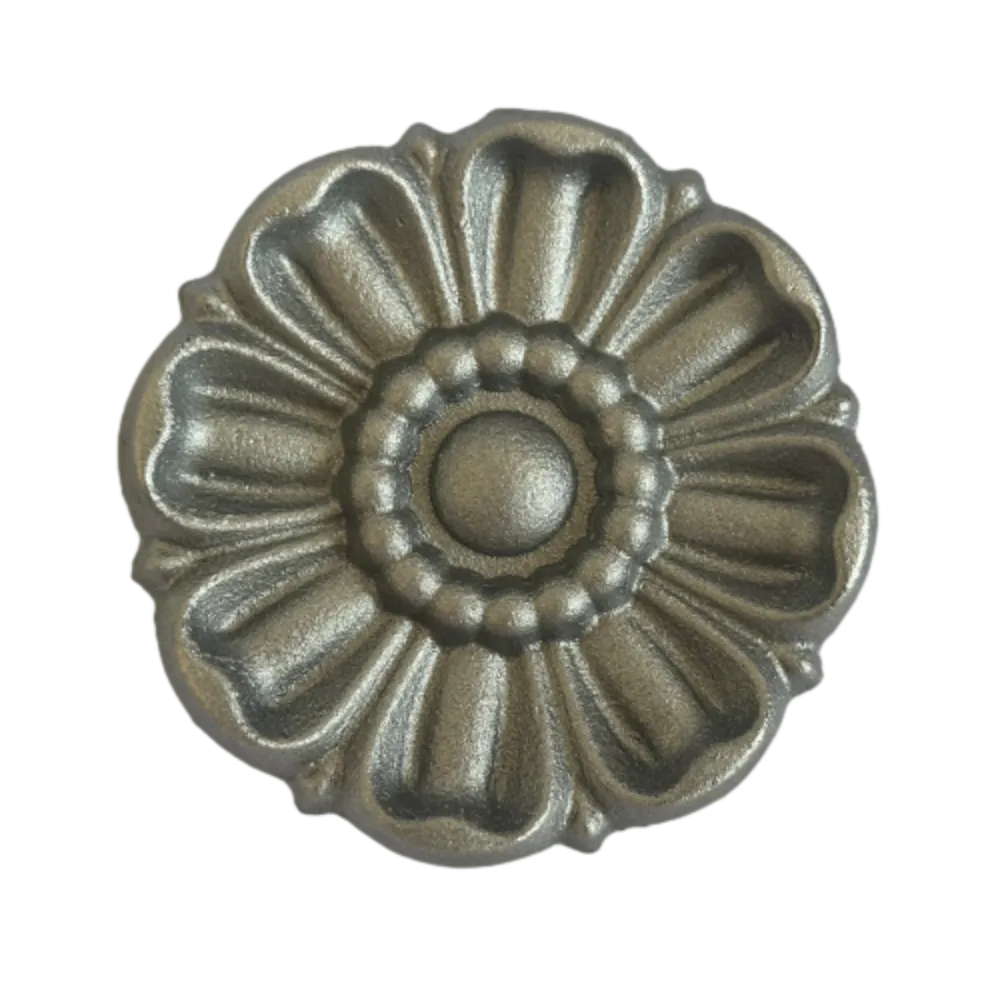sliding screen door wheel replacement
Sliding Screen Door Wheel Replacement A Step-by-Step Guide
Sliding screen doors are a functional and aesthetic addition to any home, allowing fresh air to circulate while keeping pests at bay. Over time, however, the wheels of these doors can wear out, leading to frustrating operation issues. If you find that your sliding screen door isn’t opening or closing smoothly, it may be time to replace the wheels. This guide will take you through the process step-by-step, ensuring you can restore the functionality of your door with ease.
Why Replace Sliding Screen Door Wheels?
Before we dive into the replacement process, it’s important to understand why you might need to replace the wheels. Common signs that the wheels need replacement include
- Difficulty opening or closing If your door sticks or feels heavy, the wheels may be damaged or clogged. - Noise Unusual sounds while sliding the door could indicate worn-out wheels. - Visible wear and tear Check for cracks or splits in the wheels that could affect the door's operation.
Tools and Materials Needed
Before you begin the replacement process, gather the following tools and materials
- Screwdriver (flathead and Phillips) - Replacement wheels (make sure to get the right size and type) - Lubricant (silicone spray or similar) - Rags or paper towels - A small bucket (optional, for easier cleanup)
Steps to Replace Sliding Screen Door Wheels
Follow these steps for a smooth replacement process
sliding screen door wheel replacement

1. Remove the Screen Door - Start by locating the door’s upper and lower tracks. Lift the screen door slightly to disengage it from the track. - Tilting the bottom of the door towards you, carefully pull the door out of its frame. It might take a bit of maneuvering, especially if the wheels are damaged.
2. Inspect the Wheels - Once the door is removed, examine the wheels closely. Check for any cracks, dirt, or debris that may be affecting performance. If they are in poor condition, it’s time for a replacement.
3. Remove the Old Wheels - Typically, the wheels are attached with screws. Use the appropriate screwdriver to remove them. - If the screws are rusty or stuck, applying a bit of lubricant can help. Be cautious not to strip the screws as you remove them.
4. Install the New Wheels - Align the new wheels with the holes where the old wheels were attached. Ensure they sit correctly in the track. - Secure them with screws, ensuring they are tight but not overly so, as this can impede the wheel’s movement.
5. Clean the Tracks - Before reinstalling the door, take a moment to clean the tracks. Remove any dirt or debris that may have accumulated. A clean track will ensure smooth operation for your newly installed wheels.
6. Reinstall the Screen Door - With the new wheels secured and the tracks cleaned, you can reinstall the door. - Tilt the bottom of the door towards you again and guide the wheels back into the track. Once in place, lift the door slightly and push it into the upper track until it’s secure.
7. Test the Door - Once the door is in place, test it by sliding it back and forth several times. Ensure it moves smoothly and quietly. If it still sticks or makes noise, double-check the wheel installation and clean the tracks again, if necessary.
8. Lubricate the Wheels - To maintain optimal performance, spray a small amount of silicone lubricant on the wheels and along the tracks. This will help reduce friction and prolong the life of the new wheels.
Conclusion
Replacing the wheels on your sliding screen door may seem daunting, but it’s a manageable DIY task that can greatly enhance your door's functionality. By following the steps outlined in this guide, you’ll have your door sliding smoothly in no time. Regular maintenance, including cleaning and lubrication, will help ensure that your sliding screen door remains a long-lasting and valuable feature of your home. With just a little effort, you can enjoy the fresh air without the hassle of a faulty screen door!
-
Wrought Iron Components: Timeless Elegance and Structural StrengthNewsJul.28,2025
-
Window Hardware Essentials: Rollers, Handles, and Locking SolutionsNewsJul.28,2025
-
Small Agricultural Processing Machines: Corn Threshers, Cassava Chippers, Grain Peelers & Chaff CuttersNewsJul.28,2025
-
Sliding Rollers: Smooth, Silent, and Built to LastNewsJul.28,2025
-
Cast Iron Stoves: Timeless Heating with Modern EfficiencyNewsJul.28,2025
-
Cast Iron Pipe and Fitting: Durable, Fire-Resistant Solutions for Plumbing and DrainageNewsJul.28,2025
-
 Wrought Iron Components: Timeless Elegance and Structural StrengthJul-28-2025Wrought Iron Components: Timeless Elegance and Structural Strength
Wrought Iron Components: Timeless Elegance and Structural StrengthJul-28-2025Wrought Iron Components: Timeless Elegance and Structural Strength -
 Window Hardware Essentials: Rollers, Handles, and Locking SolutionsJul-28-2025Window Hardware Essentials: Rollers, Handles, and Locking Solutions
Window Hardware Essentials: Rollers, Handles, and Locking SolutionsJul-28-2025Window Hardware Essentials: Rollers, Handles, and Locking Solutions -
 Small Agricultural Processing Machines: Corn Threshers, Cassava Chippers, Grain Peelers & Chaff CuttersJul-28-2025Small Agricultural Processing Machines: Corn Threshers, Cassava Chippers, Grain Peelers & Chaff Cutters
Small Agricultural Processing Machines: Corn Threshers, Cassava Chippers, Grain Peelers & Chaff CuttersJul-28-2025Small Agricultural Processing Machines: Corn Threshers, Cassava Chippers, Grain Peelers & Chaff Cutters












